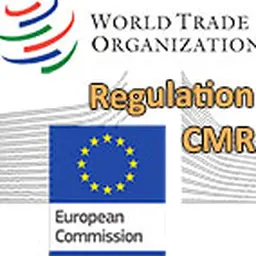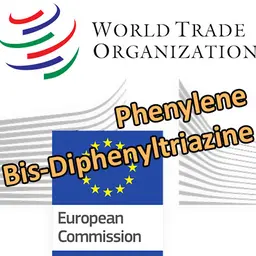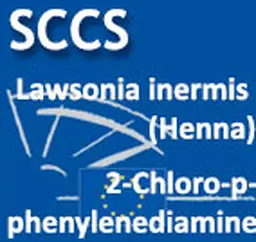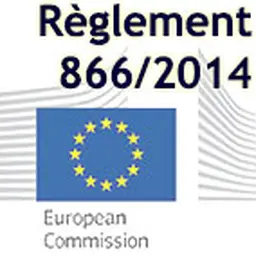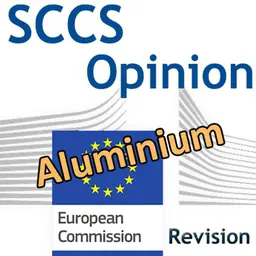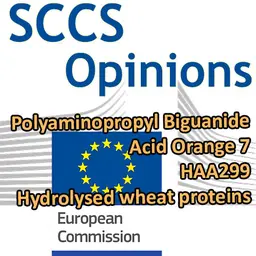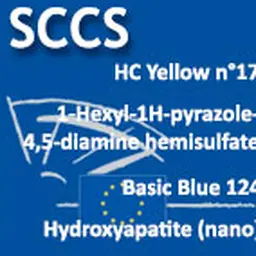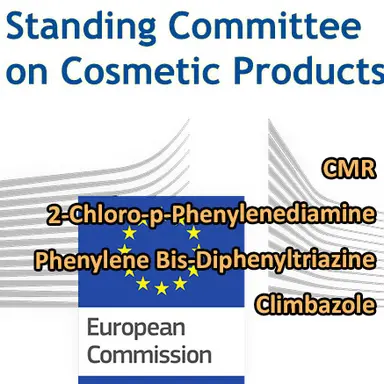
At its meeting on 10 December 2018, the Standing Committee on Cosmetic Products gave a favourable opinion on four Regulations amending the Annexes to Regulation 1223/2009. These texts concern CMR substances, 2-Chloro-p-phenylenediamine, Phenylene bis-diphenyltriazine and Climbazole. The draft texts have just been published on the European Commission's website.
CMR
With a few nuances, and in particular the clarification that “Only the Court of Justice of the European Union is entitled to interpret Union law, including Article 15 of Regulation (EC) 1223/2009, this draft Omnibus Regulation on CMR classified substances takes over the text already transmitted to the WTO on 29 June 2017.
It contains the following provisions:
• Inclusion in Annex II (Prohibited Substances) to Cosmetic Regulation of Quaternium-15, Chloracetamide, Dichloromethane, Formaldehyde, Paraformaldehyde, Methylene glycol, Perboric acid, Dibutyltin hydrogen borate and Sodium perborates
• Use restrictions (Annex III) for Trimethylbenzoyl diphenylphosphine oxide (TPO) and Furfural
• A lower maximum allowed concentration for the preservative Polyaminopropyl biguanide (Annex V) set at 0.1%
The text was adopted by the Standing Committee on Cosmetic Products with 22 votes in favour and 6 against.
For further information
• See the text of the draft Regulation and its annex
2-Chloro-p-Phenylenediamine
Following the SCCS’ negative Opinion in 2013, 2-Chloro-p-Phenylenediamine, its sulphate and dihydrochloride salts are prohibited in hair dye products, including eyebrow dye products, and in eyelash dye products and added in the list of prohibited substances in Annex II to Cosmetic Regulation.
The text was unanimously adopted by the Standing Committee on …

